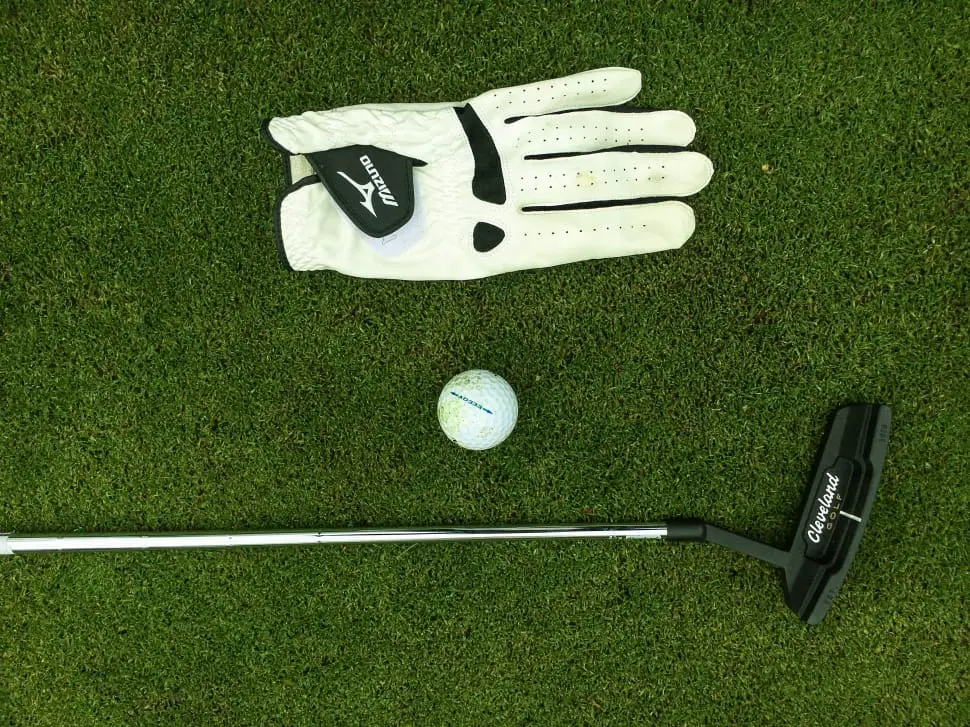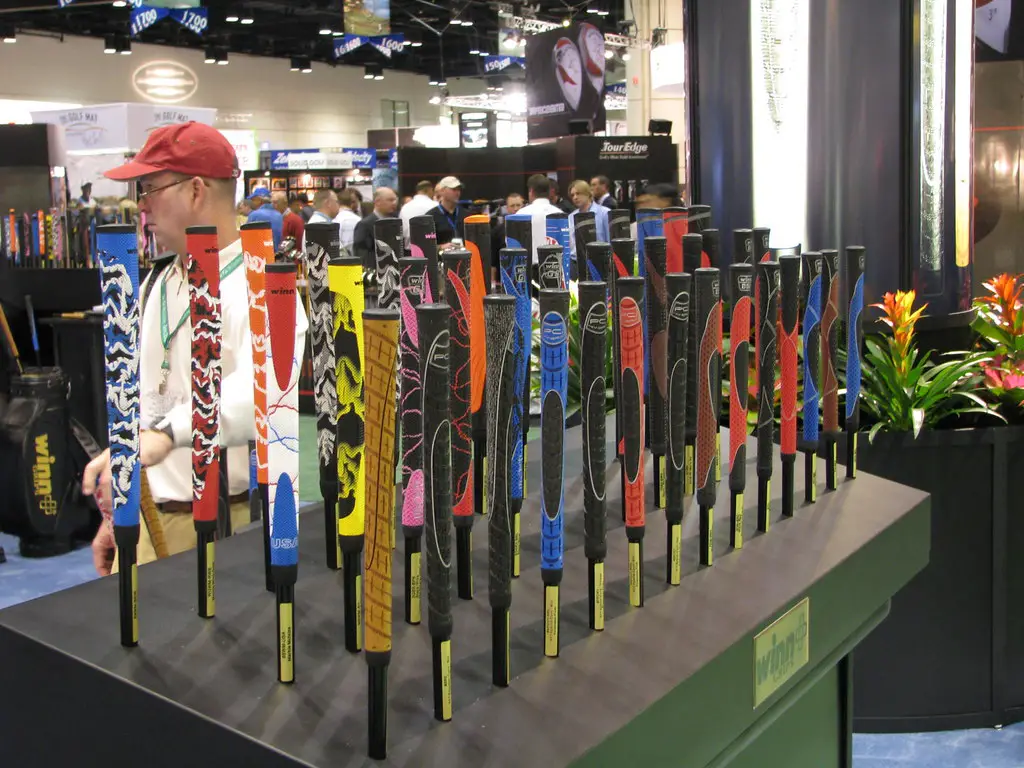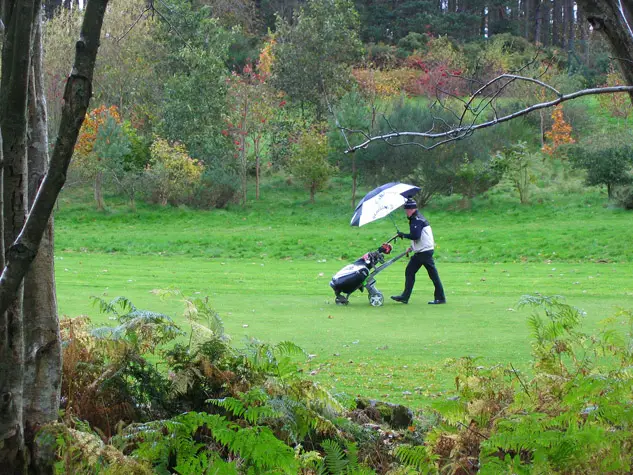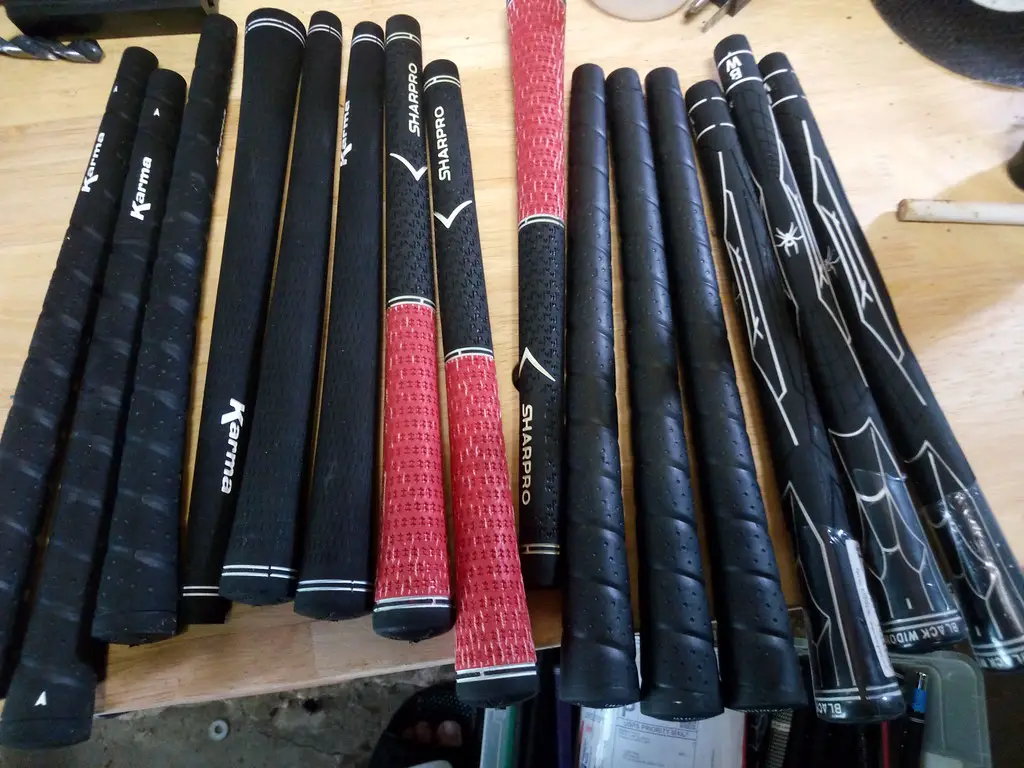Choosing the Right Golf Grip Size to Up Your Game – a Complete Guide
Choosing the best golf grip size plays a significant role in any golfer’s game. Your grip size can affect how well you can control the golf club, which in turn affects your ball flight. Not to mention, improving your grip can have a big impact on lowering your handicap.
The game of golf can be challenging enough as it is, so make sure you’re using the right grip size to get every advantage possible in your game and lower your strokes. According to a recent study by Golf.com, 90% of players use the wrong grip size which can cost a player up to 5 strokes per round!
Now that we’ve established the importance of using a proper club grip, let’s get in to how you can eliminate this issue from your game.
Golf Grip Sizes
There are several standard sizes available today: Junior or Undersized, Standard, Midsize, and Jumbo or Oversized.
All grip sizes are based off of the Standard Grip.
Junior / Undersize Grip: 1/64-inch smaller than Standard Grip
Standard Grip
Midsize Grip: 1/16-inch larger than Standard Grip
Jumbo Grip: 1/8-inch larger than Standard Grip
How to Measure For Your Golf Grip Size
There are two main ways to measure your grip size: by measuring your hand, or by using your glove size.
Measuring for Grip Size Using Your Hand
First, measure from the crease of your wrist to the end of your middle finger (or longest finger). Taking that measurement, compare to the guide below to find your general grip size:

- Junior / Undersize: under 7 inches
- Standard: 7 inches to 8 3/4 inches
- Midsize: 8 3/4 inches to 9 1/4 inches
- Jumbo / Oversize: more than 9 1/4 inches
Because grip size measurement isn’t an exact science, you may want to try out one size smaller and one size larger than your suggested size to ensure comfort and fit.
Measuring for Grip Size Using Your Glove Size

This measurement method is a bit of a rough estimate, but still gets the job done. Compare to the guide below to find your grip size:
- Junior / Undersize: Men’s Small, Women’s Small or Medium, or Youth Glove Sizes
- Standard: Men’s Medium or Large, Women’s Large Glove Sizes
- Jumbo / Oversize: Men’s Extra Large
How to Choose Your Grip Size
At this point you’ve measured for the ideal grip size, but you must also choose a grip size that best works to your advantage. Consider the following tips when selecting your size:
A Smaller Grip works best for:
- Players with smaller hands
- Players who consistently fade or slice the ball
- Players requiring more clubhead “feel”
- Players whose fingers do not fully encircle the grip
A Larger Grip works best for:
- Players with larger hands
- Players who consistently draw or hook the ball
- Players with arthritis who struggle to hold a smaller grip
- Players whose fingers wrap around the grip and dig into their palms
Fine Tuning Your Golf Grip
Now that you’ve got your general grip size figured out, you’ll want to dial this in over time. Experienced players layer tape under the grip until they get the perfect feel.
It’s also important to note that you’ll want to change your grips on a regular basis, as old grips lose their tackiness over time and can result in a poorer game. The frequency at which you’ll need to change your grips depends on how often you play, so this is something you will need to pay attention to.
Why Does Grip Size Matter?
We covered earlier how an improper grip size can impact your overall game, which is reason enough! Let’s walk through how sizing impacts your stroke:
Golf Grip too Small: the club can twist, resulting in a player tightening their grip and squeezing the club at impact with the ball. This closes the face of the club and causes the shot to hook, rather than fly straight.
Golf Grip too Large: the club can come loose at the bottom of the swing, which opens the club face and creates a slice shot.
Consistency: if your grips don’t fit, you’re going to play with less overall consistency, making it less enjoyable (and much more difficult to improve other areas of your game)
Grip Styles

Grips come in a wide variety of styles that focus on feel and weight. There are two common types of grips: rubber grips and corded grips, each with their own benefits:
- Rubber Grips: Come in stiff and soft variations, allowing for different amounts of shock absorption and smoothness. Rubber grips are typically lighter as well, adding a minimal amount of weight to the club.
- Corded Grips: Typically a mix of real and synthetic rubber with fabric strands threaded into the grip. These threads add friction to the feel of the grip, creating a textured surface. Corded grips add a small bit of extra weight to the club compared to Rubber Grips.
Grip Firmness
It’s important to consider the grip feel you’re trying to achieve when selecting your golf grip:
- A Firmer Grip are favored by PGA Professionals and Tour players because they encourage a light-pressure grip while providing superior stability
- A Softer Grip is ideal for players with less hand strength or lower swing speeds. These grips may feel tackier, but don’t provide the stability of a firm grip.
Grip Texture
Golf grips are available in a wide variety of surface textures. The pattern and design on the grip surface creates either a smooth feel or a more textured feel. Make sure you are choosing a texture that feels secure and comfortable when selecting a grip.
- A Smooth Feel is better suited for players who don’t wear gloves
- A Textured Feel is great for players who want more gripping confidence and hand traction
Choosing the Right Golf Grip for Weather Conditions or Sweaty Hands

Golfers need to consider the typical weather they play in when selecting the best grip size, as humidity can cause slipping in the grip and bring inconsistency to their game. For this reason, smooth grips or grips made of plastic or other polymers are not recommended for play in wet conditions, or for those with sweaty hands.
Use the following rules of thumb when considering weather during your search for the perfect grip:
- Arid Conditions, Little to No Humidity, or Minimal Sweat: Minimal traction is required (Smooth Grip acceptable)
- Mixed Conditions, Seasonal or Occasional Humidity, or Some Sweat: Moderate traction is recommended (Cord Grip or Patterned / Textured Grip)
- Humid or Wet Conditions, Heavy Humidity, or Excessive Sweat: High traction is recommended (Cord Grip or Heavy Patterned / Heavy Textured Grip)
Following this guide will help you choose the best grip that will fit comfortably in your hands, with or without gloves, and will allow you to focus more on your swing and the rest of your game knowing you’ve got the best grip possible.
If you’re new to the game, head on over to our guide to the best golf balls for beginners – we break down everything you need to know!

